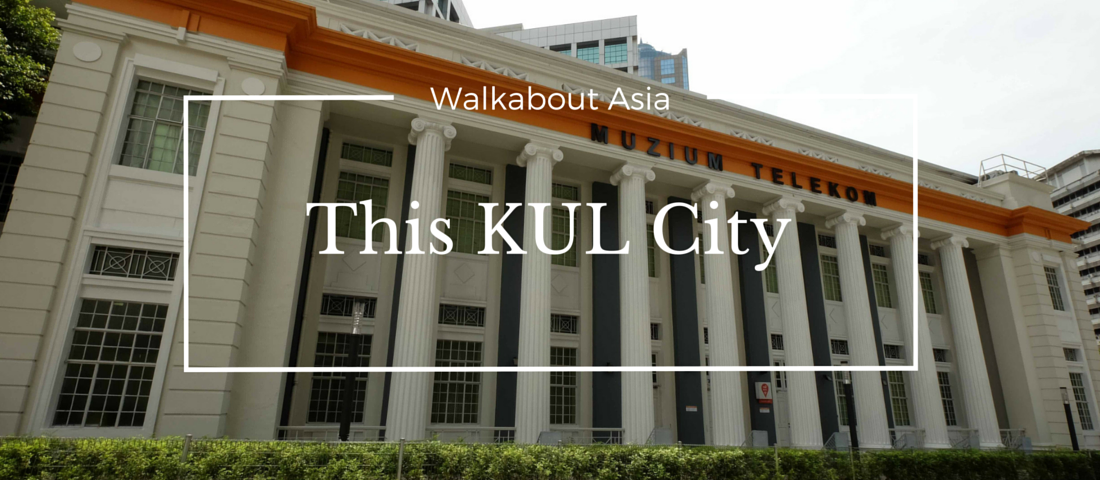
Happy Campers Picture of The Week – Sunset At Sea
April 28, 2015
Happy Campers Picture of The Week – Mae Yanang
May 5, 2015Kuala Lumpur has many locations that has significant historical and heritage value. As such Badan Warisan Malaysia (The Heritage of Malaysia Trust) has launched THIS KUL CITY.
Walking around Kuala Lumpur, one may not realize the many stories behind this wonderful city. Through This Kul City Dicovery Walks organized by Badan Warisan Malaysia, we could walk selected trails passing through chosen locations while discovering historical facts of Kuala Lumpur.
Our walk begins at the Telekom Museum, the only telecommunication museum in the country.
Dubbed as Discover Bukit Nanas Walk, it took us about 90 minutes to complete the whole trail as it goes through Bukit Nanas, the only surviving tropical forest in the city. Along the way we discovered historical landmarks with interesting background stories.

- Giant Ionic columns which rise to the full height of the building. A fine example of neo-Classical architecture in Malaysia.
Just behind the Telekom Museum is St John’s Cathedral which was built first as a church in 1883 and later consecrated as a Cathedral in 1958 after a series of renovation due to fire.
Walking up from the Cathedral, on our left is the AIA building. A 30 storey highrise building which is not so historical looking at all. Little did we know that this building sits on the property once belonged to Alan Loke, the son of Loke Yew a famous businessman and was probably the richest man during his time. The only remains of the mansion is the gate posts and wrought iron gate.
What captured our interest was that this very location on the 4th of August 1975 a group of 5 Japanese Red Army members stormed the US Embassy on the 9th floor and held 58 people hostage for 4 days. A hostage situation in their demand for the release of several prisoners held in Japan.
Following the route, it is impossible to miss St John’s Institution – a grand red building made of local brick with stucco facings and broad verandahs with pillared arches and green stone balustrades.
Originally established as a boy’s school in 1904, the school has undergone further extensions in the 50s, 60s and 80s.
A stone’s throw away from St John Institution is an all girls school established in 1899 by a group of Roman Catholic nuns. A school known today as Convent Bukit Nanas.
We could see the school was designed echoing the lines of Gothic style European style monasteries found in England where the missionary nuns came from.
Just across Convent Bukit Nanas is the entrance to the Bukit Nanas Forest Reserve. Formerly known as the Weld Hill Forest Reserve, this green park is the first to be gazetted as a reserve in the country in 1904. In 1972, as an effort by the state government to turn the park into a tourist attraction, cable cars and public complex was set up. However, in the mid 80s, the attraction was lost and the cable car system has closed its doors for good.
Story has it that Bukit Nanas (translated as Pineapple Hill) got its name from the many pineapple plants that was planted by Raja Mahdi around its stockade to act as fortification for their defence. It was believed that during those days soldiers walk around barefooted and the sharp spikes of the pineapple would injure and prevent any surprise attacks by enemy forces. Raja Mahdi was one of the rebel leaders during the Civil War in Selangor.
Latest we heard, there were reports in the media about secret tunnels believed to be centuries old was found stretching from Bukit Nanas to the Kland River. It is said to have been used as an escape route during the Selangor Civil War in the 1860s and 1870s.
 Last but not least #savemyheritage!
Last but not least #savemyheritage!



































